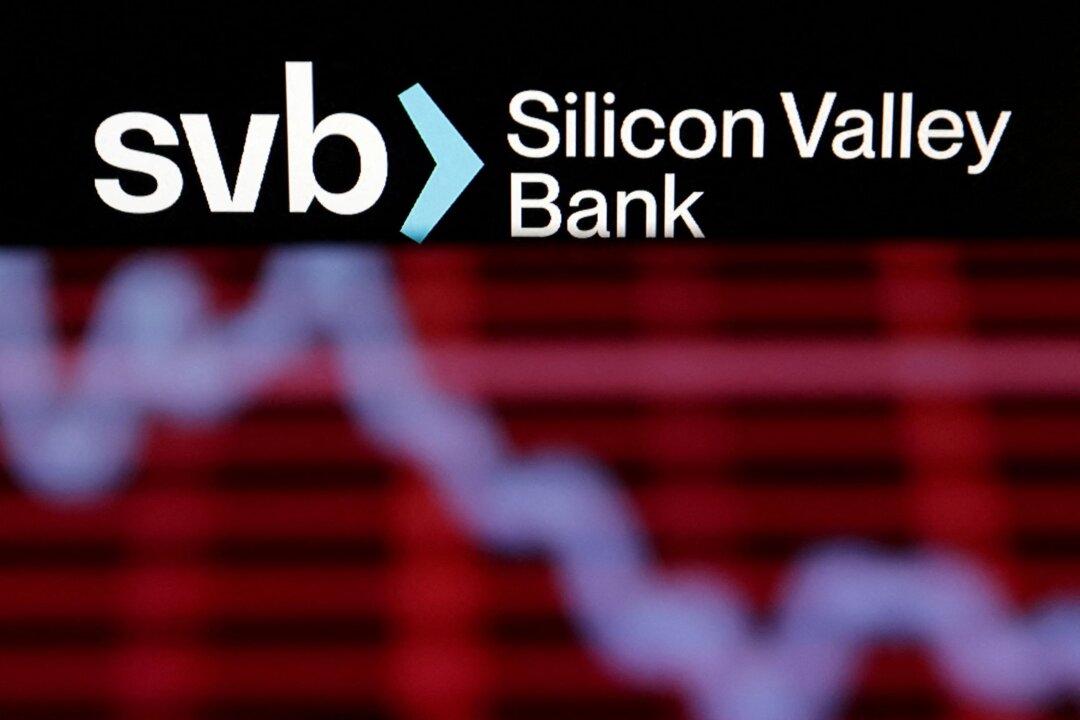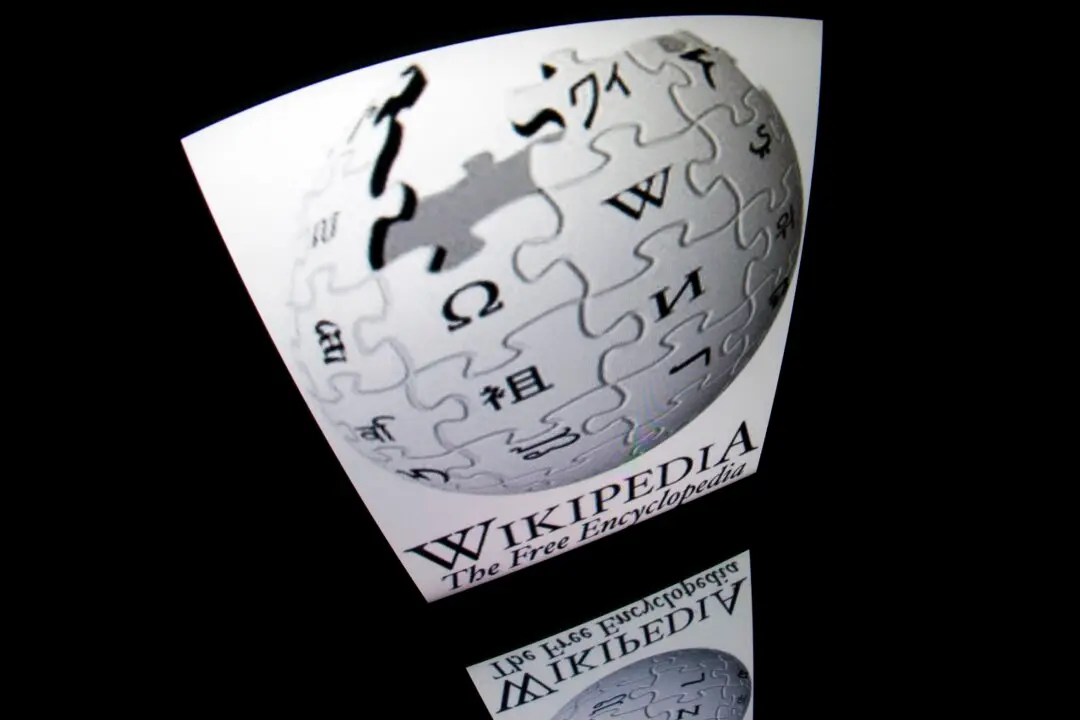Commentary
Elite overseers of the U.S. banking system spent the better part of the week assuring us that all is well with it. You just have to trust them. They know. And we all know how much we can trust our overlords to tell us the truth, right? Such a wonderful track record of at least three years during which time anyone with power gladly lied to us about everything that mattered. But this time, they say, they can be trusted.





